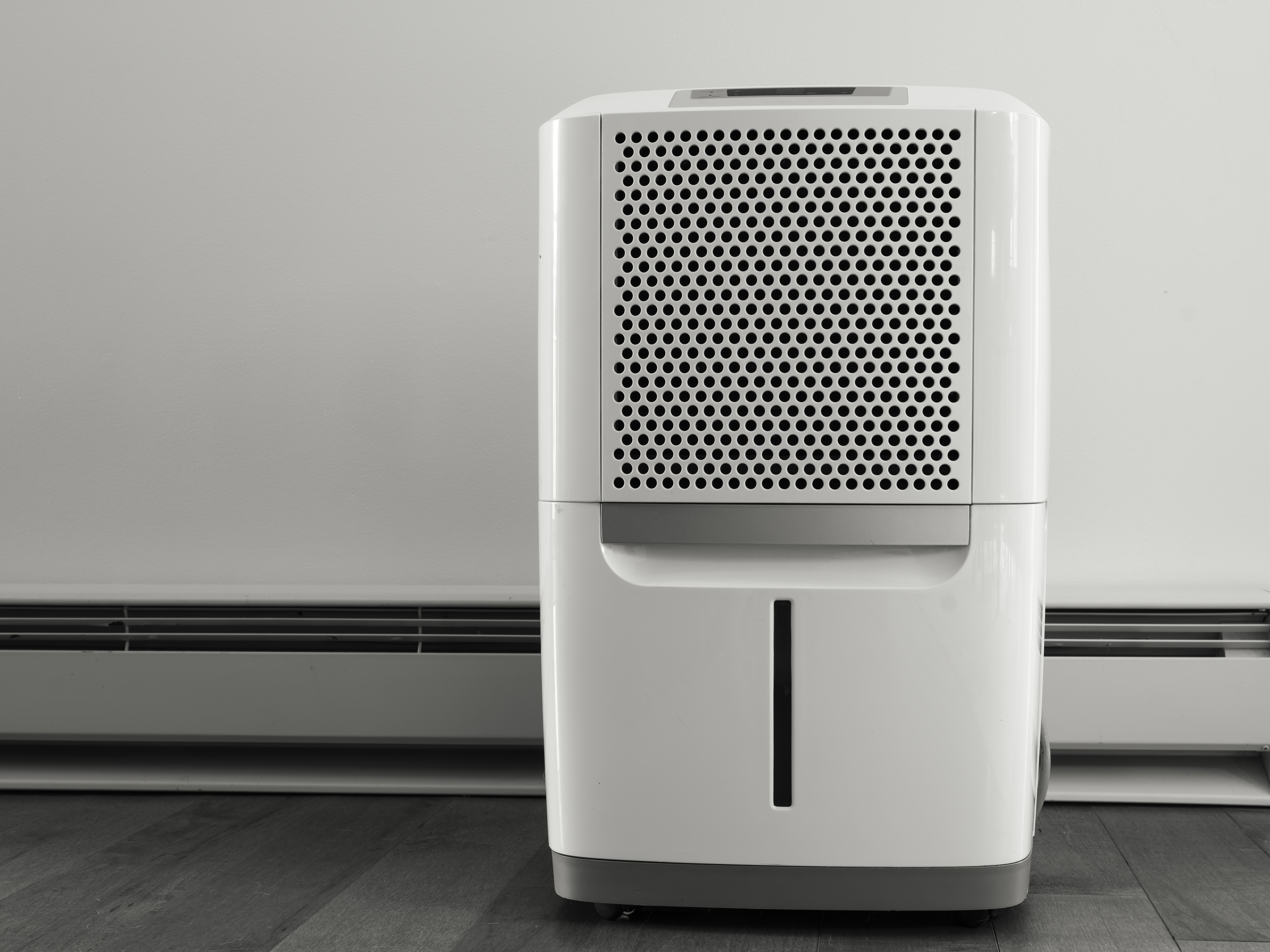When spending extended periods indoors, the quality of the air in your home plays a large role in your health and well-being. As homes become more airtight, indoor pollutants like dust, pet dander, and volatile organic compounds (VOCs) raise concerns, leading to a surge in the demand for air purifiers. These systems are often separate units that can be placed in a single room and not attached to central HVAC.
The Different Types of Air Purifiers
Air purifiers come in several different forms. Each strategy will use distinct technologies to sanitize the air. They include the following:
1. High-Efficiency Particulate Air (HEPA) Filters
HEPA filters are a gold standard when it comes to air purification. They are capable of capturing particles as small as 0.3 microns with 99.97% efficiency. People with respiratory issues or allergies find them quite useful. HEPA filters are only found in standalone purifiers for residential use.
2. Activated Carbon Filters
Activated carbon is highly porous and is excellent for trapping gases, odors, and VOCs. These compounds stick to a bed of charcoal, which is available in either granular or powder form.
3. Ultraviolet (UV) Purifiers
UV purifiers use UV-C light to kill airborne pathogens such as bacteria and viruses. These devices are often used in conjunction with HEPA filters to provide a comprehensive air-cleaning solution.
4. Ionic Air Purifiers
Ionic purifiers emit a cloud of negatively charged ions that bond with positively charged particles in the air, causing them to fall to the floor or stick to nearby surfaces. Some contain a collector to attract the charged particles for easy disposal.
5. Ozone Generators
Ozone generators deliberately produce ozone to neutralize odors and kill some airborne pathogens. However, ozone is a known lung irritant. Therefore, its use should be limited to unoccupied spaces.
6. Hybrid Air Purifiers
Hybrid air purifiers combine two or more of the technologies mentioned above. For example, a typical hybrid model may use HEPA and activated carbon filters to remove both particles and gases from the air.
The Inner Workings: How Air Purifiers Clean the Air
Whether using a physical filter to trap particles or technology to neutralize them, air purifiers operate on the principle of removing pollutants from the air. High-velocity fans pull air through the system, where it is treated and then recirculated back into the environment.
In order to break it down into different types, a HEPA filter traps particles as they pass through the fibers of the material. Activated carbon absorbs gases and odors by trapping them in its porous structure.
UV purifiers use light to damage the DNA of bacteria, viruses, and other pathogens, rendering them unable to reproduce. Ionic purifiers function by emitting negatively charged ions into the air, which bind with positively charged particles like dust.
Ozone generators produce ozone through a process of electrical discharge, which breaks down oxygen molecules and forms ozone. This ozone then reacts with pollutants in the air, neutralizing them. Consider talking to Custom Air Inc. if you plan on using this method in your household.
Factors Affecting Air Purifier Performance
The first one is room size and air changes per hour (ACH). If you need to clean a larger space, then make sure to choose an air purifier that is designed for that capacity. ACH refers to the number of times the entire air volume in a room is passed through the purifier per hour. The higher the ACH, the more times the air is cleaned.
The second factor is placement. Your air purifier should be placed in the area where it can pull in the most polluted air. This can be near a door, window, or high-traffic areas.
Also consider the type and number of pollutants present in your environment. Different types of air purifiers are designed to target specific pollutants. For instance, if you have a problem with pollen and dust, HEPA filters would be the best choice. On the other hand, if you have a mold problem, an activated carbon filter would be more beneficial.
Additionally, consider the maintenance or tune-ups. Regular maintenance is crucial for optimal performance. Filters need to be replaced as per manufacturer recommendations, and units themselves should be cleaned of dust to ensure unobstructed airflow.
How to Improve the Efficiency of Air Purifiers
Keep your windows closed. Outdoor pollution can easily make its way inside, affecting the effectiveness of air purifiers.
Reducing indoor pollutants. As much as it’s the air filter’s job to clean your indoor air, it’s also important to minimize the amount of pollutants in your home. Dust, vacuum, and mop regularly to keep dust particles at bay. Use natural cleaning products instead of harsh chemicals that can contribute to indoor air pollution.
Finally, consider investing in an air purifier with sensors that can detect changes in air quality and automatically adjust its settings. This ensures that the purifier is running at the most efficient level, saving you energy and money.
The efficacy of air purifiers is not just a matter of scientific principle. It is also reflected in the benefits they provide. Contact Custom Air Inc. in Piedmont today to get the right air purifier for your specific needs and ensure a healthier environment for you and your loved ones. We also offer heating and cooling repair, installation and maintenance, crawl space encapsulation, duct services, evaporator coils, geothermal, whole-house dehumidifiers and air handlers.



